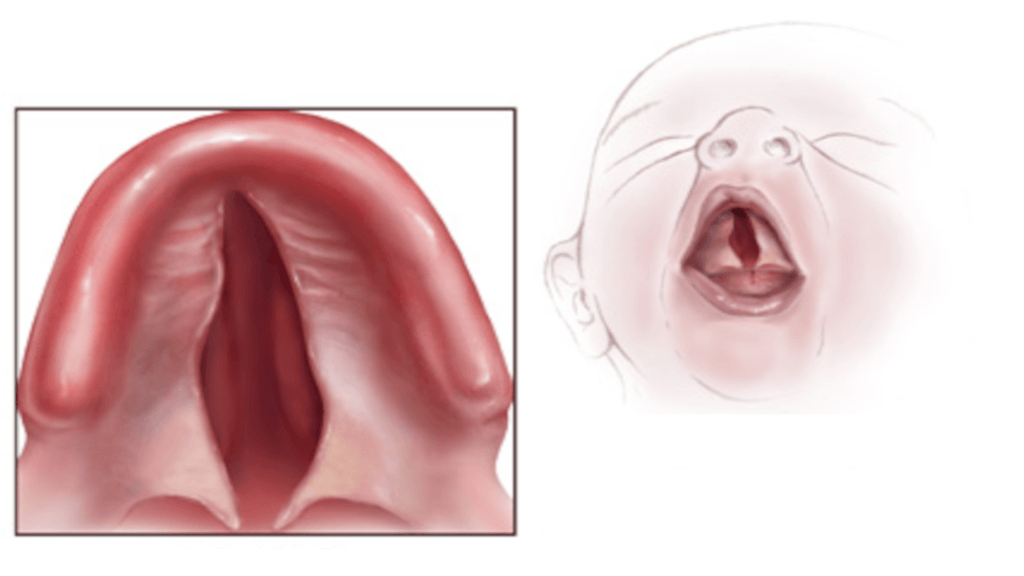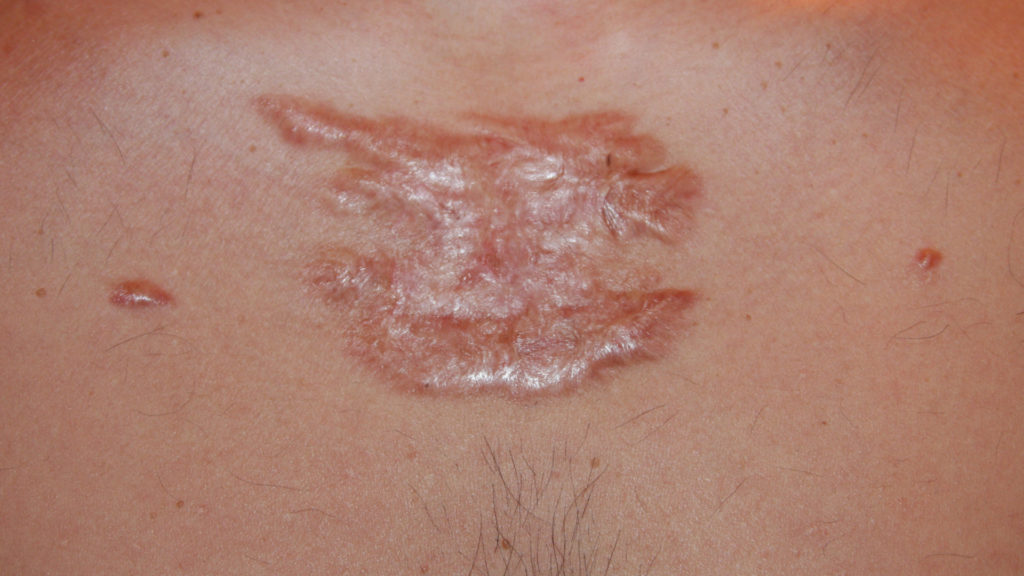In this post we shall learn about cleft palate types and management of the those clefts.
Palate is formed from the fusion of Premaxilla and Two palatine processes.
When there is abnormal fusion of these processes, cleft palate is formed.
Now lets get into detail of Cleft Palate types and Management.
Cleft Palate Types and Management:
– Complete Cleft Palate
Failure of fusion of Premaxilla with the Two Palatine processes results in Complete Cleft palate.
Can be unilateral or bilateral
Nasal Cavity and Mouth are interconnected.
– Incomplete Cleft Palate
Partial fusion of the Two Palatine processes and Premaxilla results in Incomplete Cleft Palate.
It starts from uvula and goes backwards.
Other Types
Soft palate is bifid
Soft palate and posterior part of hard palate are involved
Bifid Uvula
Consequences of Cleft Palate
Hampered swallowing and speech
Constant sound not possible like T, K , D, P as they require palate to pronounce
Upper respiratory mucous membrane frequently contaminated by Oral Organisms
Crowding of teeth
Upper incisors are smaller in size due to reduced size of maxilla.
Sometimes, acute and chronic hearing defect is found.
Management of Cleft Palate
Usually repaired at 12-18 months. Early repair causes retarded maxillary growth. Later repair causes speech defects.
Hard and Soft palate, both are repaired.
Tensor palati is released and Mucoperiosteal flaps are raised and sutured together.
Osteotomy is done in case of Maxillary hypoplasia.
Teeth extraction and alignment of dentition
ENT examination is must during follow up.
Post operative speech therapy is necessary.
Wardill-Kilner push back operation or V-Y pushback palatoplasty is the procedure of choice for Cleft Palate repair.
Wardill-Kilner Push Back Palatoplasty or V-Y Pushbak Palatoplasty
Palate is injected with 1:2 adrenaline saline solution
Mucoperiosteal flaps are raised, one from either sides of palatal shelves.
Nasal layers are mobilized.
Closure of palate is done in three layers, i.e. nasal layer, muscle layer and oral layer.
Hook of humulus can be fractured to relieve tension on suture line by relaxing tensor palate muscle.
Seconday Management
Veloplasty, dental implants, rhinoplasty, orthognathic surgeries if required.
Speech problems can be corrected by pharyngoplasty, veloplasty or other speech devices
Hearing aids, if hearing defect exists
Orthodontic management with maxillary osteotomy at 8-11 years

